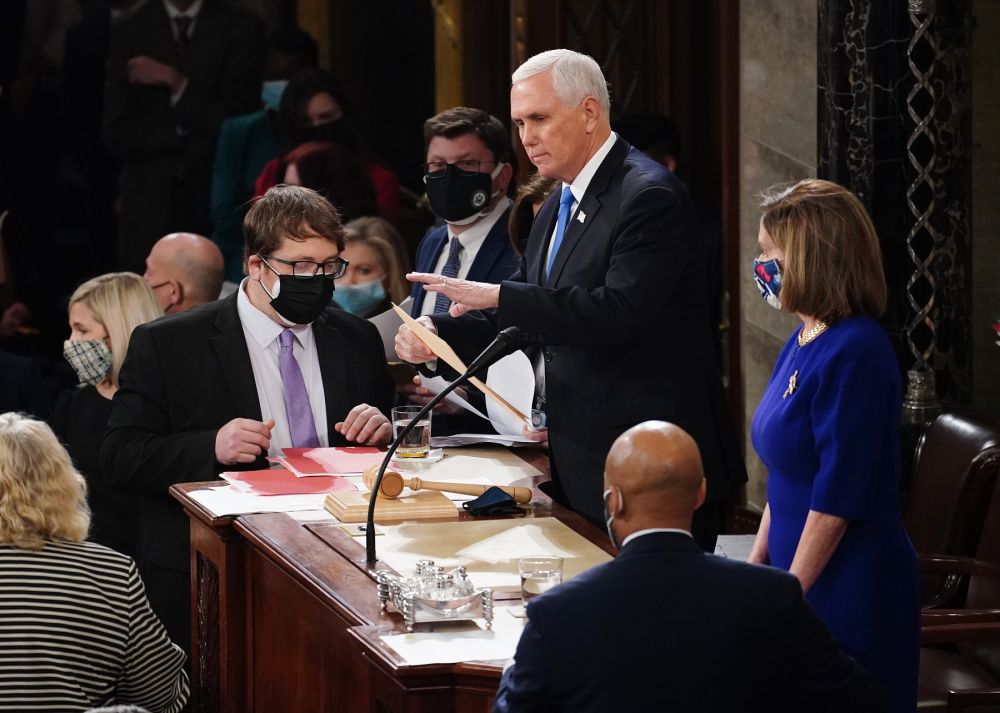January 13 The U.S. House of Representatives passed a resolution on the evening of the 12th urging Vice President Mike Pence to use relevant constitutional amendments to remove President Donald Trump.
The House is expected to start impeachment proceedings on the 13th, given Pence’s explicit refusal.
On the evening of the 12th, the House of Representatives passed a resolution by a vote of 223 to 205, asking Pence to invoke the 25th amendment to the Constitution to dismiss Trump on the grounds that he could not perform his presidential duties.
If Pence doesn’t act within 24 hours, the House will start legislative proceedings to impeach Trump for the second time.
In December 2019, the House voted to pass two articles of impeachment against Trump, accusing him of abuse of power and obstructing Congress, but the Senate eventually rejected the impeachment clause.
Pence wrote to Speaker Nancy Pelosi before the House vote on the 12th, refusing to use constitutional amendments to remove Trump. In the letter, he said that he believed that this action was not in the best interests of the United States and was not conducive to national unity.
The House is expected to hold a plenary session on the 13th to vote on the impeachment clause against Trump. The 4-page impeachment article alleges Trump of “sedition” and “seriously endangers the safety of the United States and its government agencies”.

U.S. media reported that Democrats, who hold a majority in the House of Representatives, have passed the simple majority required for the impeachment clause.
The Republican leadership of the House of Representatives decided not to persuade its own members to vote against it, and five Republican representatives publicly expressed their support for impeachment, including Liz Cheney, the “third person” of the House Republican Party and the daughter of former Vice President Dick Cheney.
Even if the House of Representatives quickly launches impeachment, the Senate in charge of hearing the impeachment will not resume meeting until the 19th of this month, the day before Trump leaves office.
Some Democrats suggested delaying the transfer of impeachment to the Senate to avoid impeachment hearings affecting the Senate’s approval of nominations for new members of the cabinet.
However, some legislators asked Pelosi to strike while it was hot and not delay.

After two newly elected senators from Georgia take office, the Democratic and Republican parties will each hold 50 seats in the Senate. Combined with the decisive vote of Vice President Kamala Harris as President of the Senate, the Democratic Party will control the Senate.
Impeachment charges require a two-thirds majority of senators to vote in favor of it.
This means that even if all 50 Democratic senators vote in favor, at least 17 Republican senators need to support it. At present, only two Republican senators have made clear statements in favor of impeachment.
Reuters reported that Democrats prefer to use impeachment to deprive Trump of the opportunity to run for president again.
Banning Trump from taking office again only requires a simple majority vote in the Senate, not a two-thirds majority.



